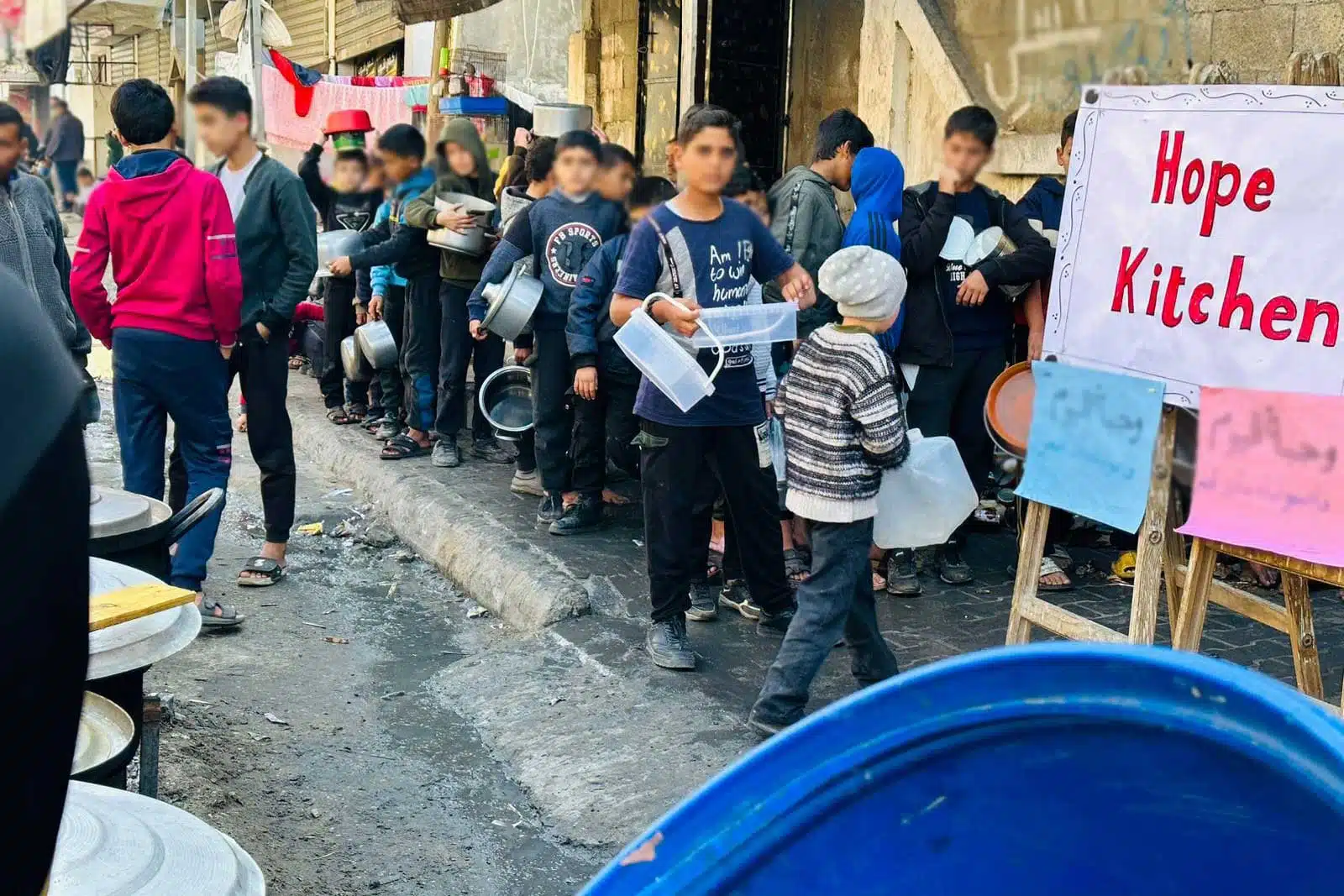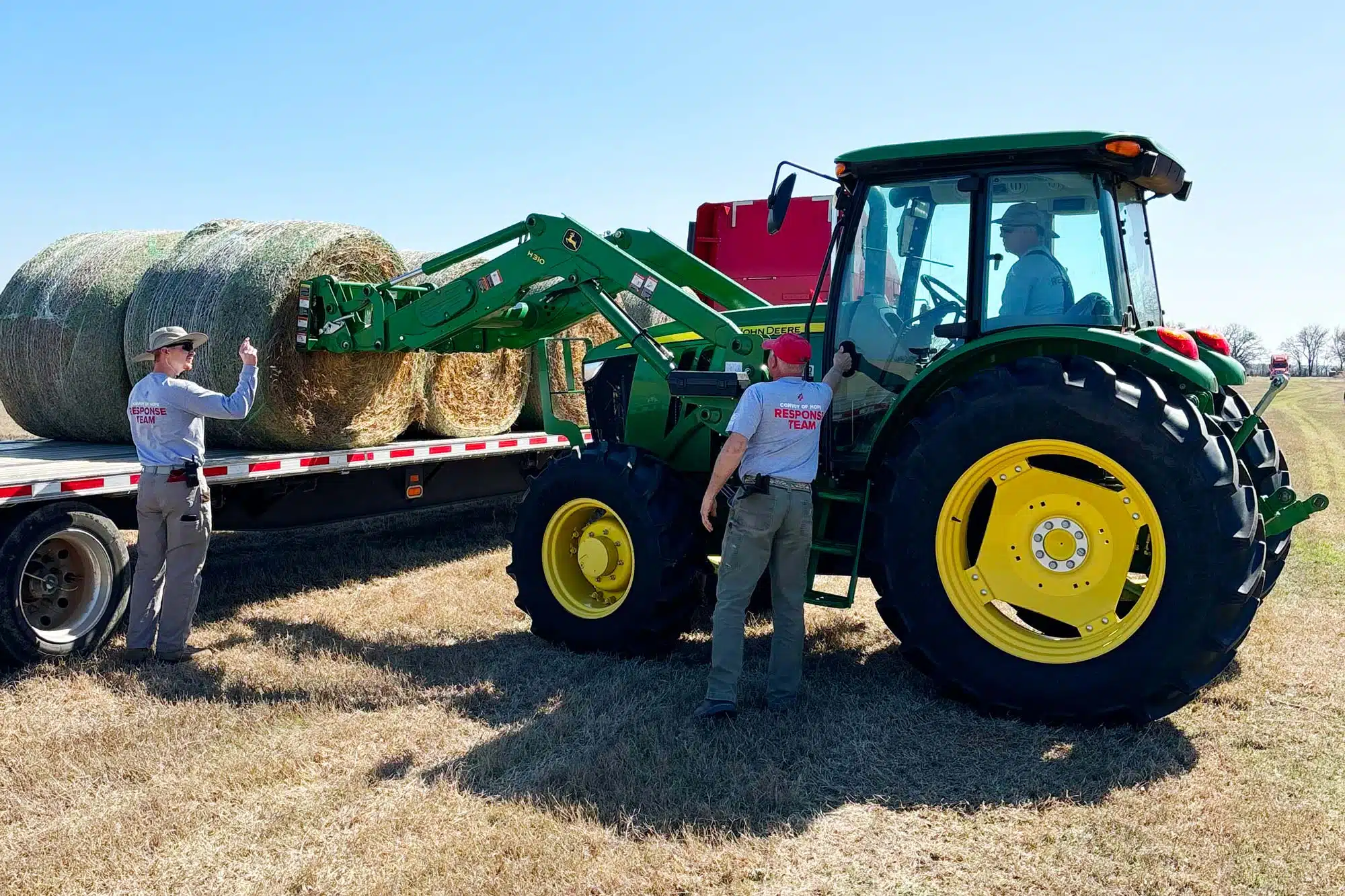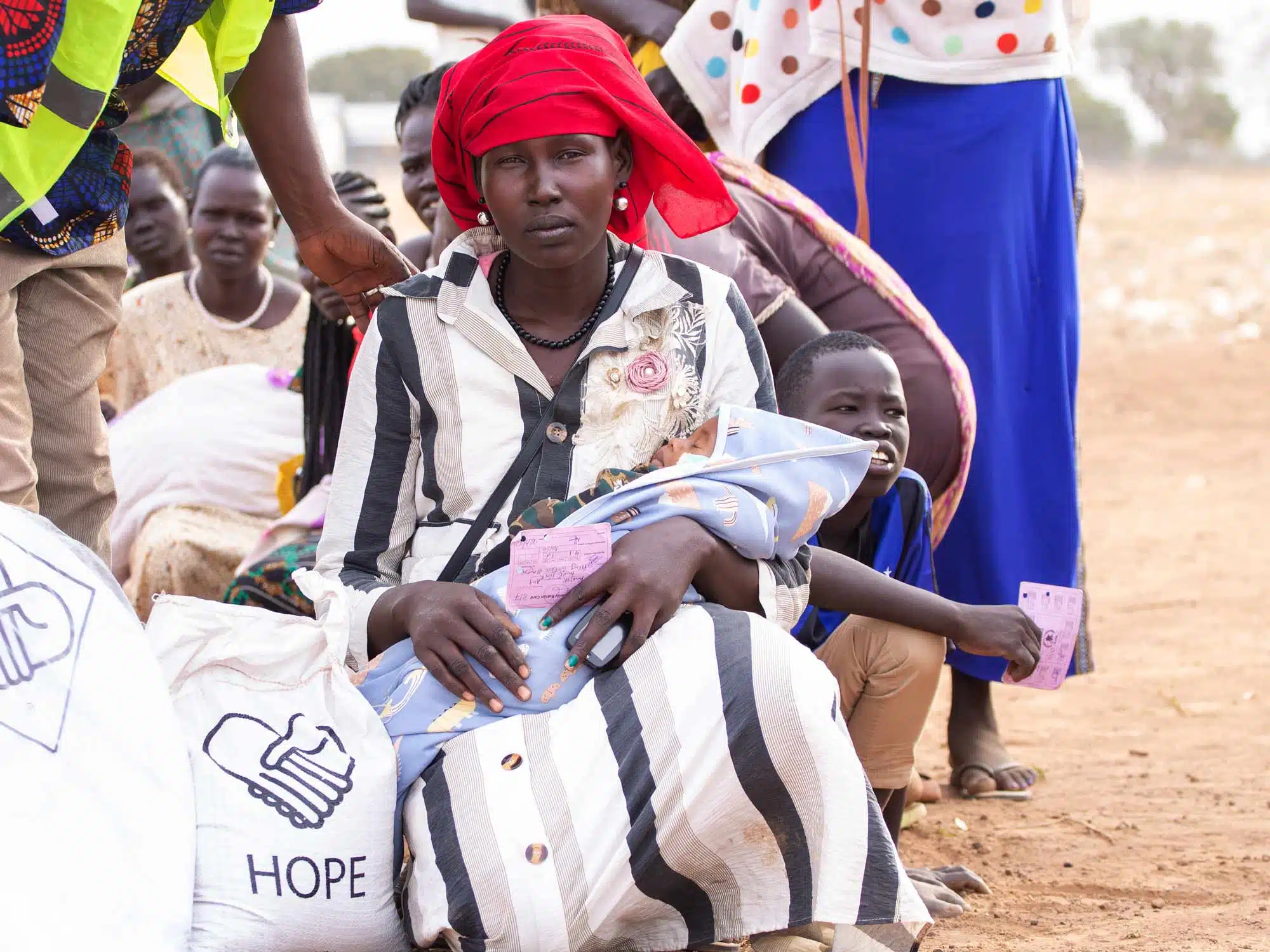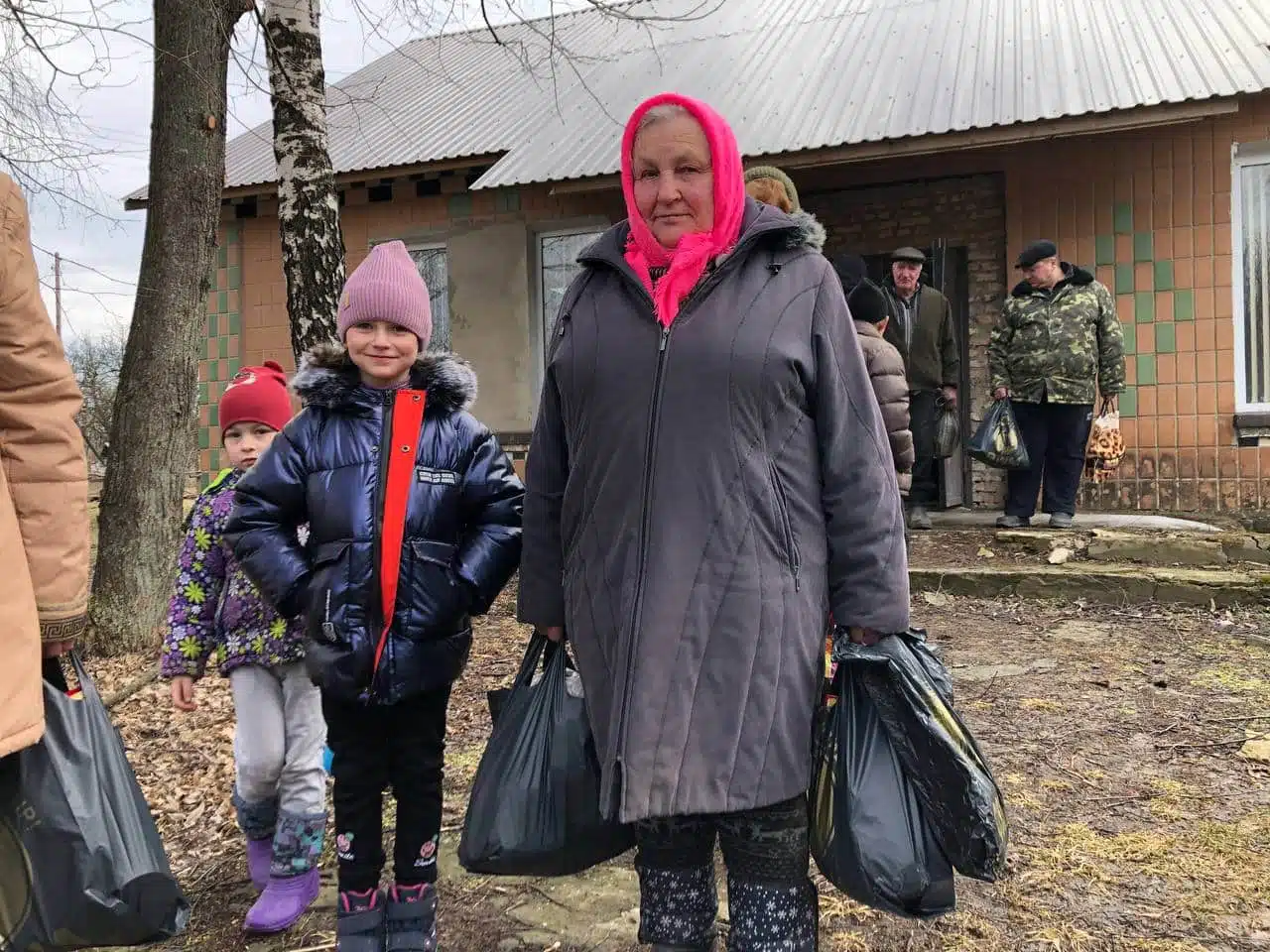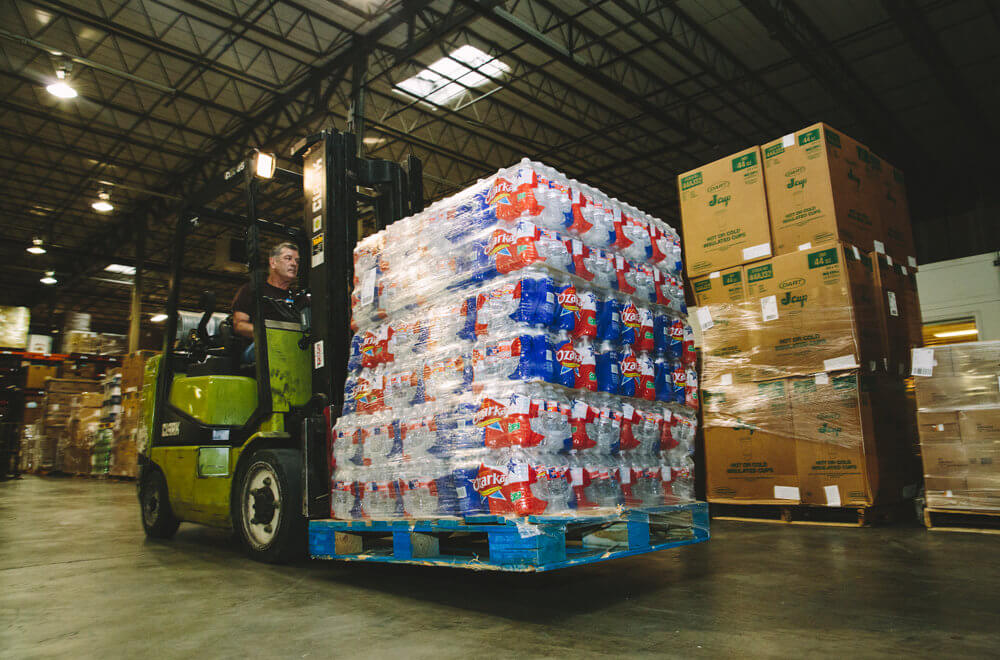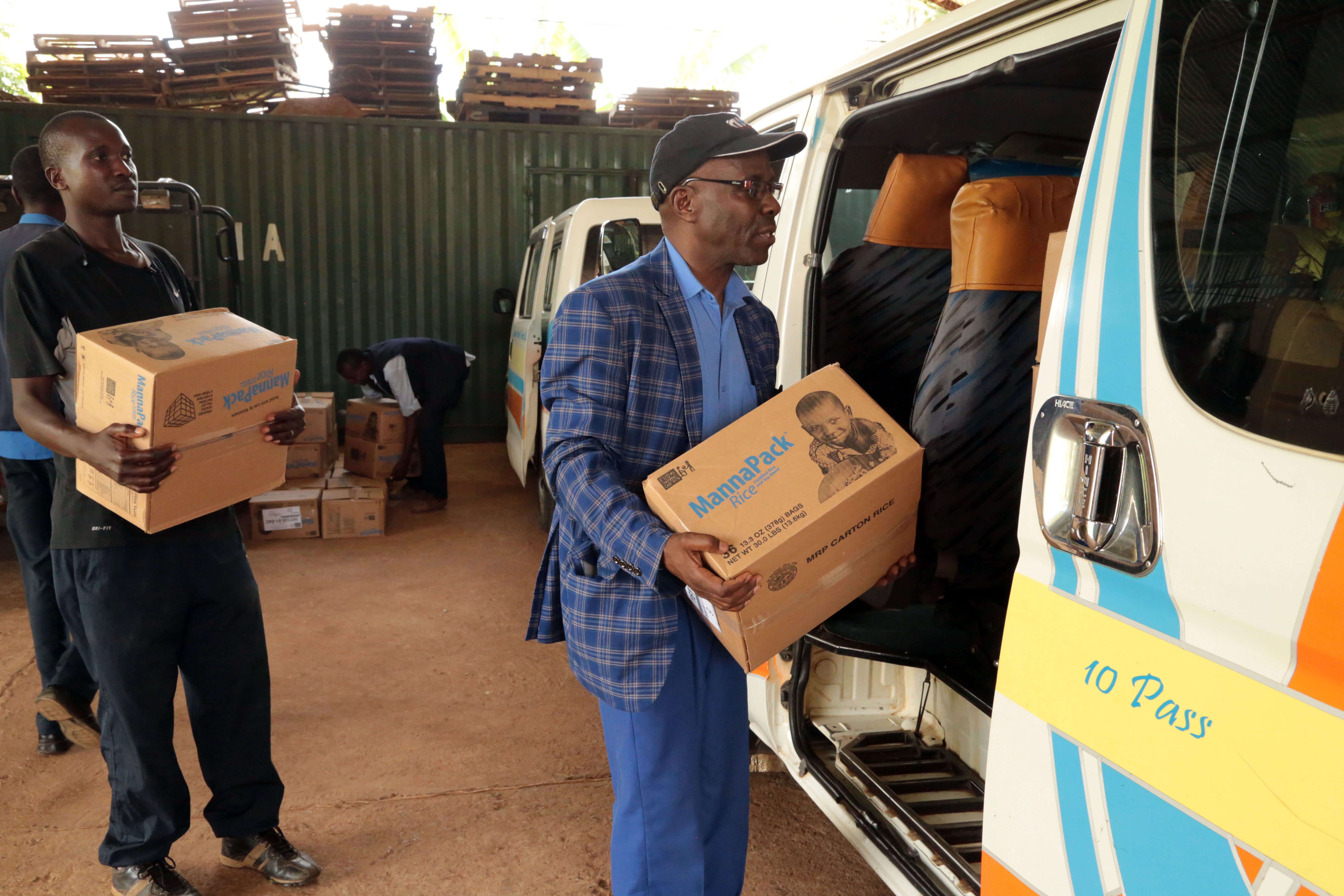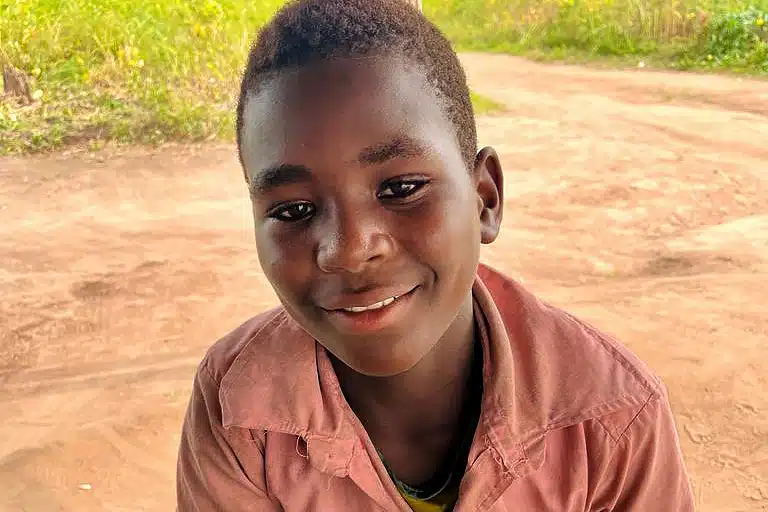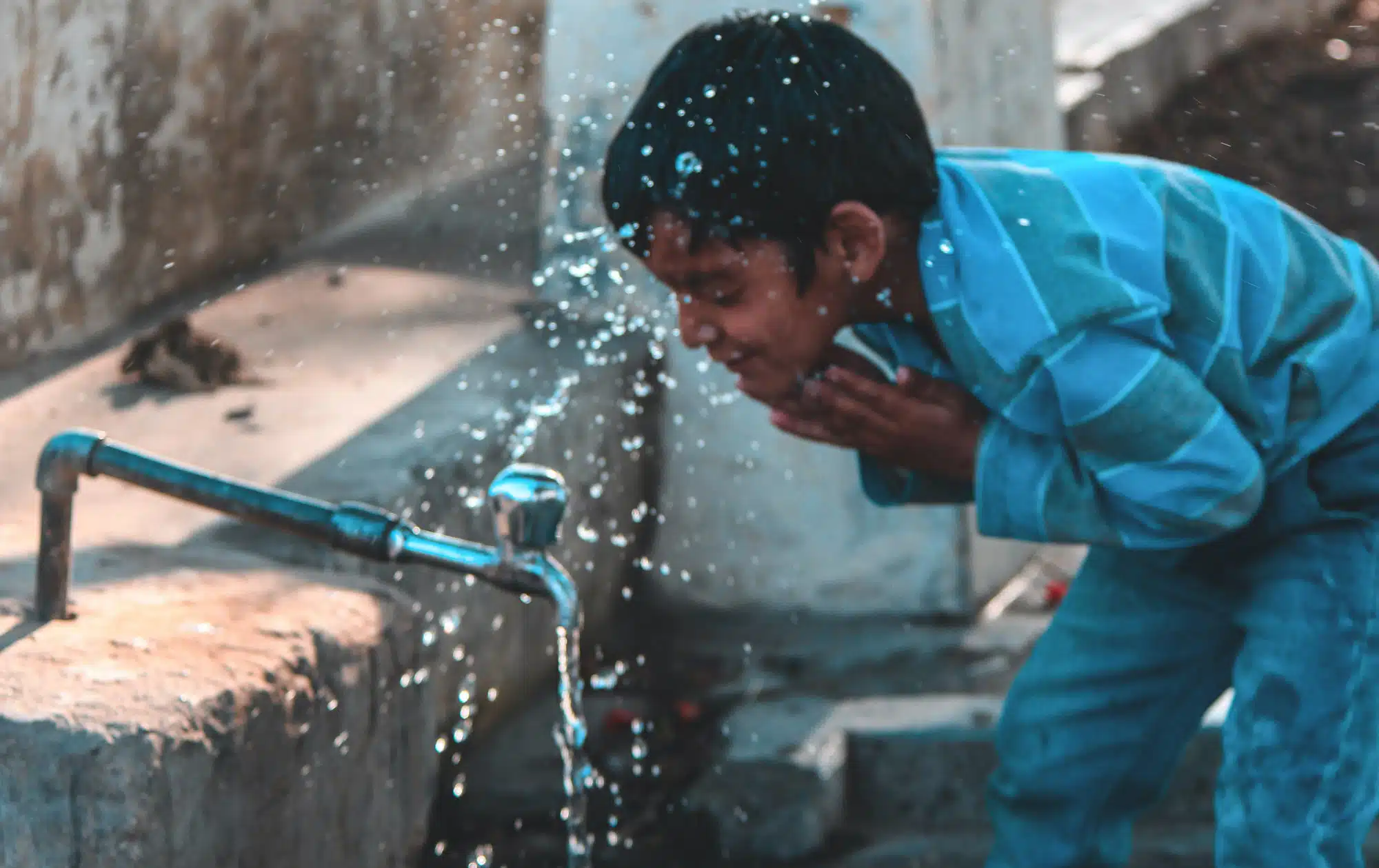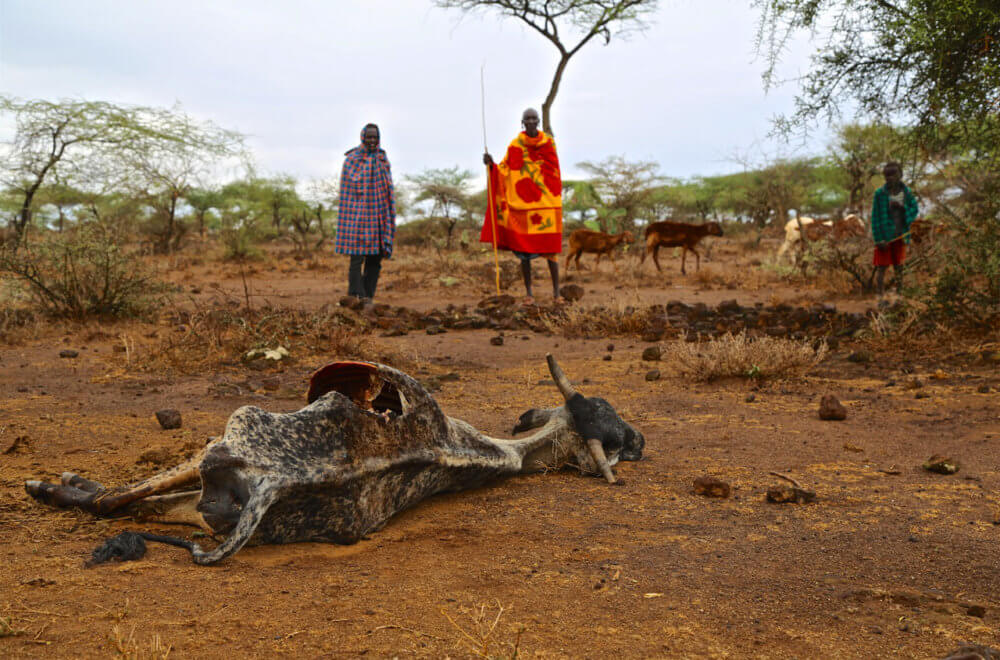
Since the famine in 2011, Convoy of Hope has provided lifesaving assistance to children and families across the parched landscape of Kenya. What was true then is true now. If we proactively provide necessary resources to families in need, they have a better chance of surviving the hunger crisis, and even famine.
Food insecurity has cast a long shadow over East Africa for decades. To correct the problem, organizations like Convoy of Hope are actively engaging in emergency-based feeding programs so families stay in front of the crisis.
“We have learned that if we address the problem before it becomes a catastrophic event, the odds of families surviving increase,” says Bryan Burr, Convoy of Hope’s Country Director of Kenya. “Already, we have implemented several projects to help mitigate the effects of food insecurity that are plaguing East Africa now.”
In remote areas of Kenya, Convoy teams are working to provide food rations to approximately 18,000 beneficiaries. With the help of partners like Feed My Starving Children, Convoy is also providing nutritious rice and soy meals to nearly 2,500 children who are directly impacted by the ongoing drought.
“With the help of local staff, our Disaster Services team is planning to expand operations to include water projects, livelihood programs, W.A.S.H. education, emergency-based school feeding programs, and other food distributions,” Burr adds.
Because of multiple failed growing seasons and the parched soil that remains, a deluge of rain does not guarantee the next harvest will be successful. Nevertheless, Convoy anticipates rain, knowing it brings hope with every drop.
Kenya, Somalia, and South Sudan are among the East African nations suffering from deteriorating circumstances.
SOMALIA — The World Food Programme estimates that 3 million people in Somalia cannot meet their daily food requirements. Extreme food insecurity of this scale impacts children heavily. There are 363,000 children estimated to be acutely malnourished, and 71,000 are severely malnourished and at risk of death. Consecutive failed crops and livestock deaths due to drought are causing mass scale food insecurity.
SOUTH SUDAN — Two counties in South Sudan have been declared famine areas. A civil war has raged in South Sudan for years and it is now contributing to the death of citizens by starvation, as well as violence. The number of South Sudanese people affected by food crisis, emergency or famine is expected to be 5.5 million by June. Nine out of 10 people in South Sudan are 14 years old or younger.
KENYA — The government in Kenya declared a national drought emergency in February, with 23 of 47 counties affected. Pastoralist communities in the Arid and Semi-Arid Lands (ASAL) are losing their livestock with reports of large numbers of animal deaths in Turkana, Marsabit, Samburu, Wajir, and Mandera counties. Kenya hosts hundreds of thousands of Somali refugees, and history suggests that as hunger intensifies in Somalia, many more will flee into Kenyan areas already beset with hunger.
